Dark Knight Caryopteris
$29.50 Original price was: $29.50.$20.65Current price is: $20.65.
- Free Shipping over $25
- Fast & reliable delivery options
- Enjoy top quality items for less
- Multiple safe payment methods

Color behaves in interesting ways in the garden. While white flowers look perfect in the shade, in the sun they almost disappear. Sunshine reduces the impact of other colors too, not just white, and dark reds are often disappointing from a distance. But blue is perfect in sunshine, standing out beautifully – just think of the blue sea and sky on that tropical island. So blue flowers are often the best choices for hot, sunny places, and for one of the richest and most striking blues available, look no further than the Dark Knight Caryopteris. The rich dark-blue flowers of this late-blooming shrub will shine out on the sunniest day, and you will love how it looks as a foreground in your beds, on slopes or scattered among boulders and gravel. One of the most versatile of low-shrubs, this is also one of the longest-blooming and if this plant is new to you, once you grow it you will see that it is indispensable.
Growing Dark Knight Caryopteris
Size and Appearance
The Dark Knight Caryopteris is a low-growing deciduous shrub that becomes, in a single season, a rounded bush between 2 and 4 feet tall and wide. Somewhere between a shrub and a perennial plant, it has many slender stems rising from the base, growing new each spring. The oval leaves are between 1 and 2 inches long, and ½ to 1 inch wide, with an upper surface that is sage-green to blue-green. The underside is densely covered with short silver hairs, so that when a breeze ruffles this bush it flashes silver and green in an attractive way. The leaves have a striking aroma if crushed or even brushed against, of eucalyptus or mint. In warm zones, if left untrimmed, it will grow taller, but only the roots and base are hardy in zones 5 and 6, so it regenerates itself every year. Even in warm areas it is best to trim it back hard in early spring.
During spring and early summer, it forms a neat mounding silver-green bush, but by July, or even earlier depending where you live, it will begin to bloom. This particular variety blooms earlier than many other types of Caryopteris. A profusion of small blossoms cluster all along the upper parts of the stems, and short blooming stems also grow out in the upper parts. The flowers are small, but they keep on coming and coming, well into the fall. They are a wonderful dark blue, rich, pure and vibrant. If you look closely at the tiny blooms you will see a long lower lip on each flower, fringed with hairs. For this reason, the plant is often called Bluebeard. The vibrant color blends perfectly with all other colors, so you can plant it anywhere. These blooms attract masses of butterflies, which you and your children will love to see.
Using Dark Knight Caryopteris in Your Garden
The fronts of our beds are often a bit blank, and even show the bare lower stems of the shrubs that are in them. Far better to create a rich look with foreground planting, and the Dark Knight Caryopteris is perfect for this. It stays green and neutral during the big spring splash of blooms, and then draws attention with color for the rest of the year. Plant it as an edging along beds, or as specimens in smaller plantings.
Grow it along the foot or top of a wall, or in those rocky parts of the garden that can look so uninviting. It is a great way to cover slopes and hot, dry banks. In warmer zones it is also useful in planters and pots, for low beauty or around the base of large trees.
Hardiness
Dark Knight Caryopteris is hardy from zone 5 all through zone 8, but in zones 5 and 6 it is normally killed to the ground in winter. Don’t worry, though, because it is root hardy and rapidly re-sprouts, blooming profusely on the new stems. In zones 7 and 8 the stems will overwinter, but hard pruning is best anyway.
Sun Exposure and Soil Conditions
Dark Knight Caryopteris needs full sun to grow well, so put it right out in your hottest areas. It grows in just about any soil that is well-drained, even in poor urban soils and on rocky ground.
Maintenance and Pruning
Dark Knight Caryopteris has just one enemy – winter wet. Avoid wet soils and low-lying spots, and it will be long-lived and disease-free. It is normally pest-free too, and the aromatic foliage repels deer and rabbits. Once blooming is over you can trim lightly for neatness over winter, if you want to. Prune hard in early spring, removing most of the stems from the previous year. In warmer zones leaving up to 12 inches of stem will give you a slightly taller plant.
History and Origin of Dark Knight Caryopteris
There are several species of Caryopteris, a small group of plants related to mint that grow in China and the Far East. The most widely grown is Caryopteris x clandonensis, sometimes called Bluebeard, because of that hairy lower lip on the flower, or Blue Spirea. (it isn’t related to the true spirea shrubs). This hybrid plant first appeared in a garden in West Clandon, Surrey, England around 1930. It was spotted by Arthur Simmons, an important British gardener of the time, among some seedlings he grew with seed from a plant of Caryopteris mongolica in his garden. The new plant turned out to be a hybrid between Caryopteris mongolica, from northern China and Mongolia and Caryopteris incana, from China and Japan, which was also growing in Simmons garden. Both of those plants arrived in Europe in the middle of the 19th century, but they were tricky to grow in the damp European climate. Arthur Simmons plant was different – much tougher and reliable, as well as having wonderful blooms. The variety called ‘Dark Knight’, or sometimes ‘Black Knight’, is probably a seedling of ‘Arthur Simmons’, but we don’t know its exact origin – just what a great plant it is.
Buying Dark Knight Caryopteris at The Tree Center
Adding an extra dimension to your beds with lower shrubs in the foreground is a great way to build a richer, more exciting garden. The Dark Knight Caryopteris is guaranteed to liven up late summer and fall in your garden, but order now, because this plant is always popular and in high demand.
Be the first to review “Dark Knight Caryopteris” Cancel reply
Related products
Butterfly Bush
Other Shrubs & Hedges
Lilacs
Hydrangeas
Boxwood Shrubs
Ornamental Grasses
Drift® Roses
Hydrangeas




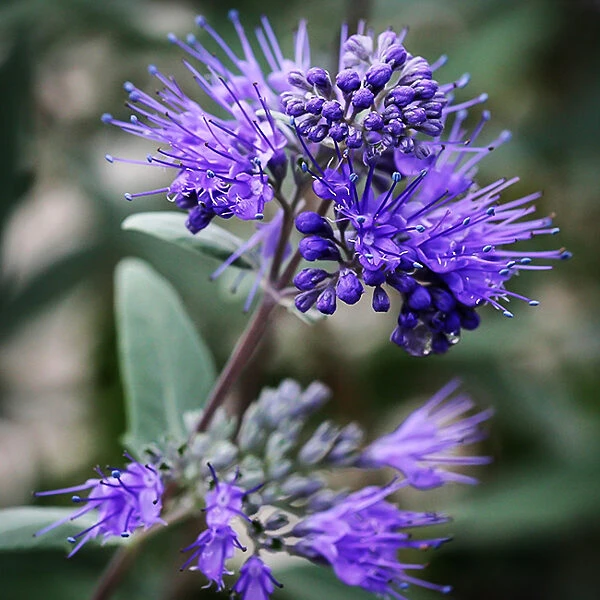
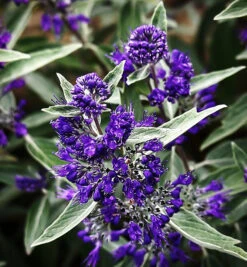
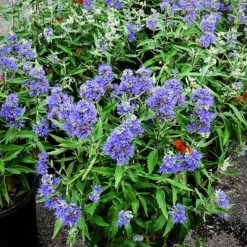

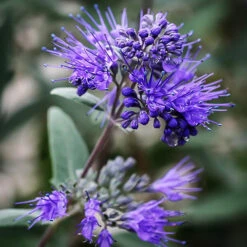

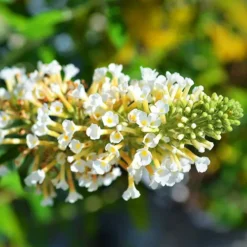
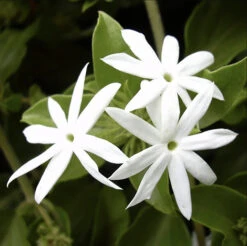
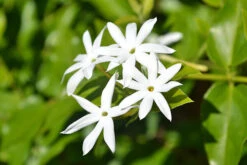
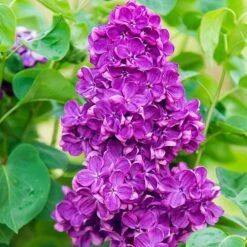
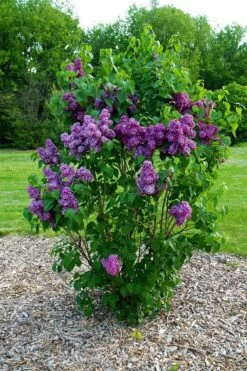
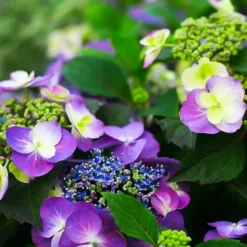
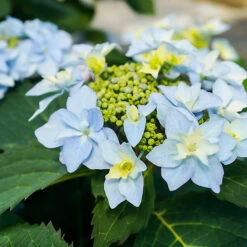


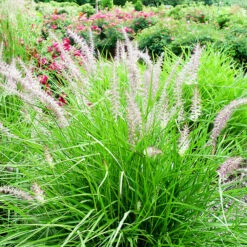
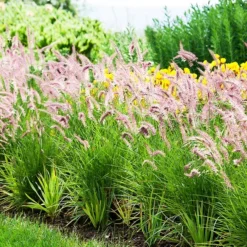
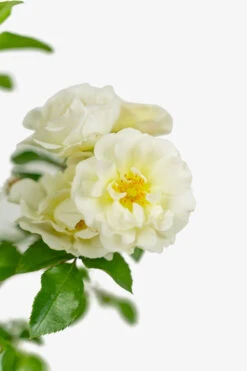
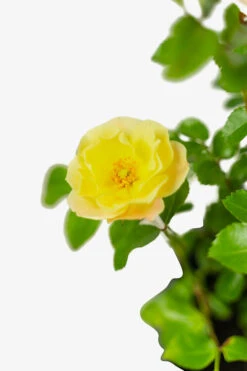
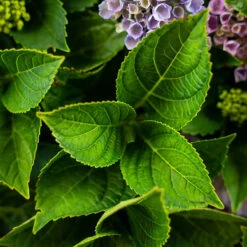
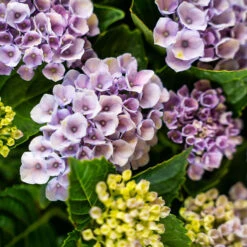
Reviews
There are no reviews yet.